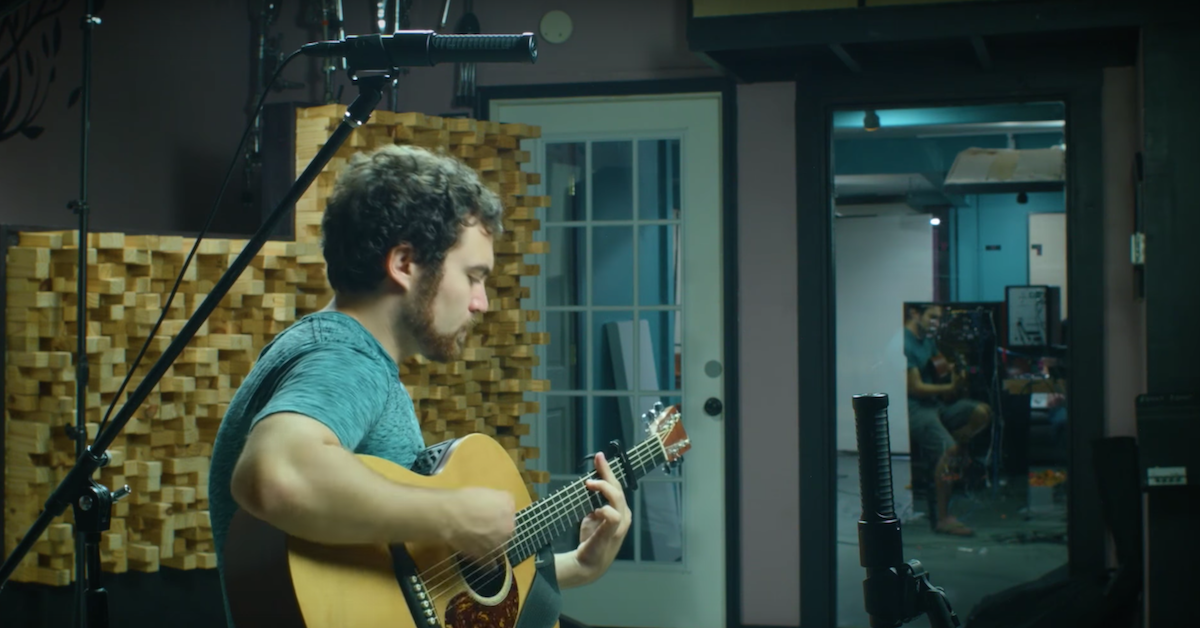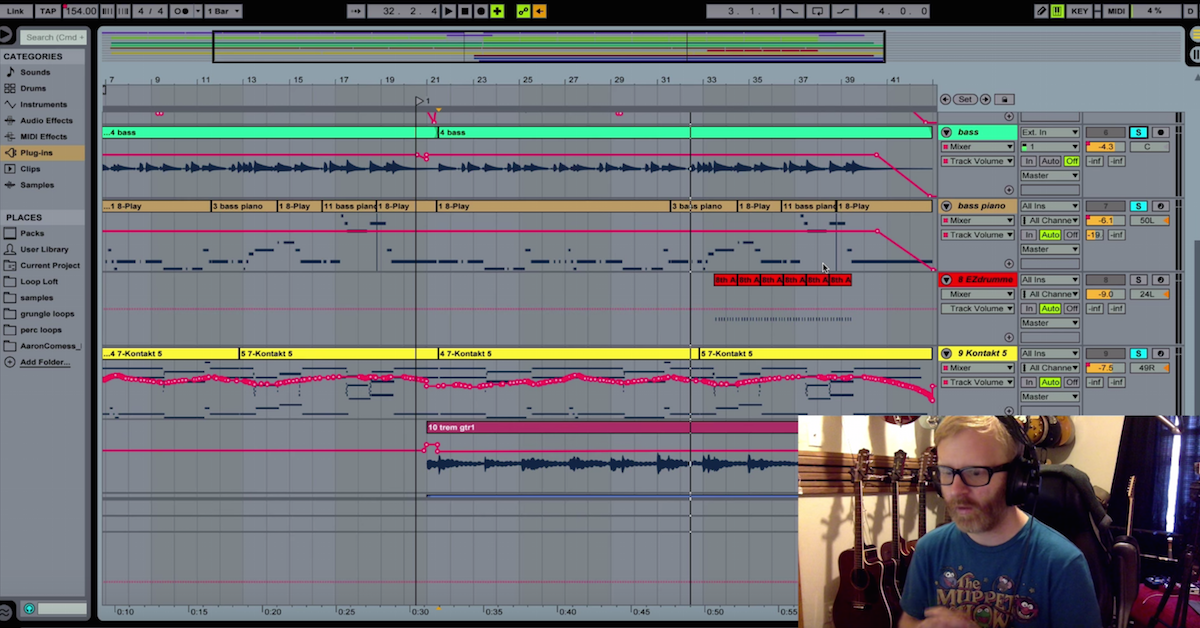A Few Music Production Pitfalls to Avoid
Article Content
Often when a song gets produced, it tends to be built from the center out. People regularly have a basic form and the strength tends to be between the first chorus and second chorus.
This is natural — when you’re creating a song, you tend to come up with the body before the arms and legs. How often do you write an intro or outro before a verse?
For most, almost never. In most cases, the intro and outro come last. As an add on. Even bridges come late for some.
The Ditch
One production pitfall to watch out for is making sure the intros and outros don’t feel neglected. If you build too much from the center, the song is going to feel unbalanced. It wont build dynamically. You’ll paint yourself into a corner.
It’s not so important to initially compose this way. But, by the time you reach production, it’s important to consider the whole journey.
Flatline
I wrote an article a while back about song dynamics. Songs rarely stay at the same dynamic for their entirety. They have curves, twists and turns.
One of the obvious considerations in building a song’s production is the drums.
Early on, you have to ask yourself some important arrangement questions: When do the drums come in? How strong do they come in? Where is the high point of the song? Should the drums build dynamics in volume or by using different cymbals (ride vs. hi-hat)?
Barry White That Shit
The intro of a song really sets the mood for whats to come. You have to entice. A filler intro is likely going to be like looking at the heated prepared foods at 7-11. Sure doesn’t make me hungry.
Ask yourself: “Does this intro make me want to pour hot wax on my chest while nibbling on chocolate covered strawberries and sipping champagne in the Alps?” If the answer is no, I think you know what to do.
The same can be said for the outro. It’s like your last words on a date. You want to say something like “I really enjoyed our time together and hope to get to know you better”. Not, “Yo, I was hopin’ we would like bump uglies or something tonight after I dropped two Jacksons on dinner”.
Final words matter. Don’t make your intros and outros latchkey kids.
Saggy in the Middle
When James Brown says, “Take it to the Bridge”, you know something exciting is going to happen. Not every song needs a bridge. Don’t put one in unless your song needs one. But, if it needs one, make something special happen. Don’t disappoint James!
How do you know if your song needs a bridge? One way to assess this is if your song feels redundant. A bridge is very helpful in cleansing the palette. It creates enough change to build excitement upon return to a familiar section.
If your song doesn’t feel that way, there is a good chance you don’t need one. Don’t put one in just because songs have bridges.
And if you do put one in, don’t make it a throw away bridge. I’ve had to be on bridge patrol a few times. You know, I have to ask for paperwork, reason for visiting, duration of visit, etc.
I hate wearing that hat and having to get all official. To prevent this, put time into the bridge if your song meets the outlined requirements. Word is there is a shortage on permits. So, do your homework.
Sour Apple
Ok, I guess I’m going to come clean and admit a pet peeve of mine is throwaway bridges, where the melody isn’t memorable and you know they just went to the IV chord because they can.
It’s a real Debbie Downer for me. I mean, I’m not the appointed president of the song writing approval association, so my words don’t have that much clout. But, for the love of humanity (we need it now), be kind to my ears!
What Are Ya Some Kinda Jerk?
Yeah, yeah, I know, I’m being a real smart ass. If that was a profession, I might actually make some money. I’m trying to bring up a good point though. Every section of a song should be held in the same regard. Each section needs the same level of composition.
This is gonna sound real corny and new age (get ready for it), but you have to listen to what your song wants. Damn, that felt weird even saying that.
I am kind of serious though. Arrangements create tension and release. You have to have both in a song. Each section is a lego block connected to the next.
Try to always look at your arrangements from start to finish. Get an idea of when you need tension and for how long. You also don’t always need to resolve the tension. It depends on the story of the song. Both in writing content and in the production.
Paste This
One last comment about building arrangements. Be careful of cutting and pasting parts. In fact, avoid it! Nothing flatlines a song like a rhythm guitar part played at the same velocity for its entirety.
The rhythm should build just like the drums (don’t cut and paste them either). They are intertwined with their dynamics. It’s for this reason that I rarely cut and paste anything. I’d rather have different performances for each section. Even if the variations are subtle.
This will really help your arrangements and linking together different sections with dynamics.





